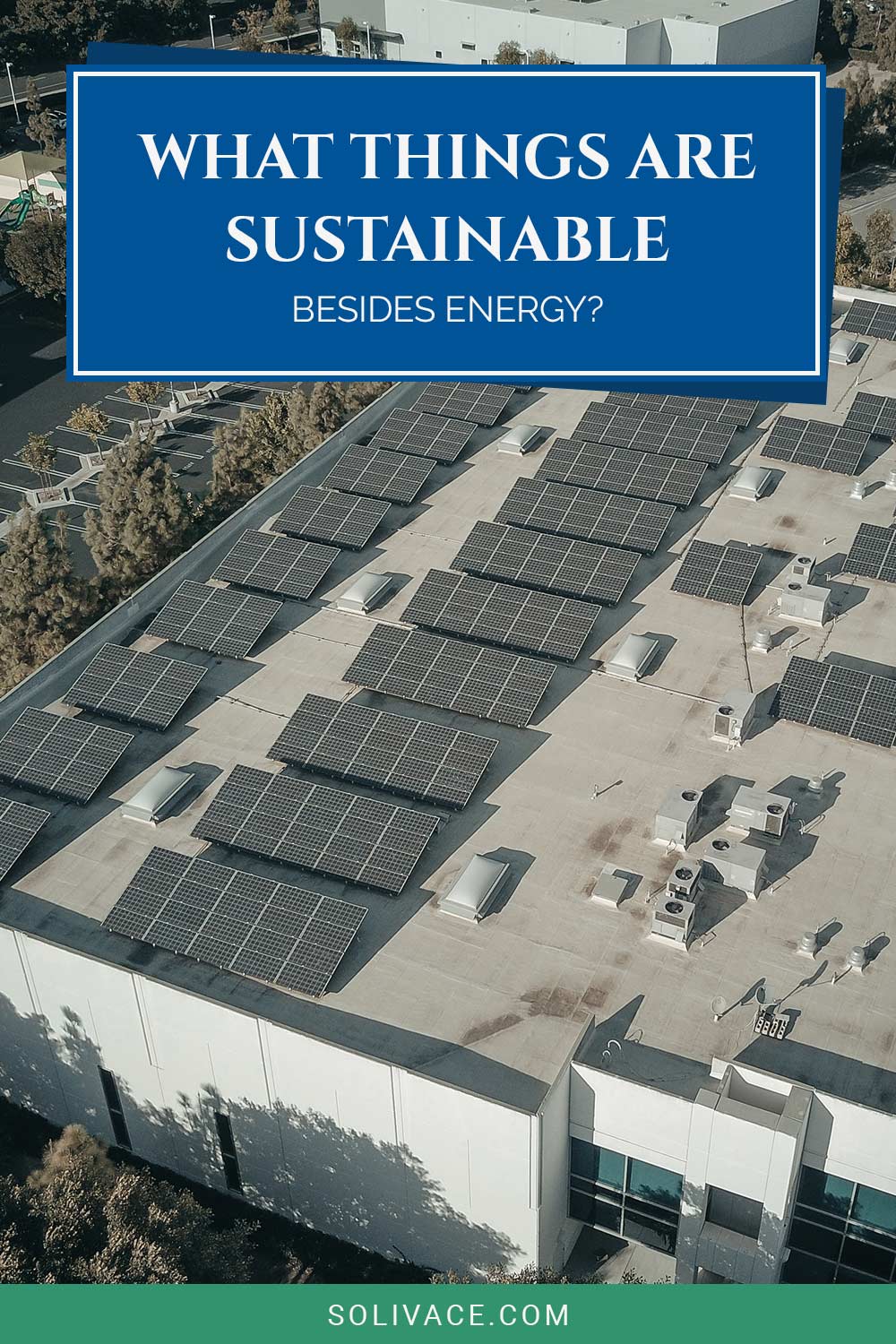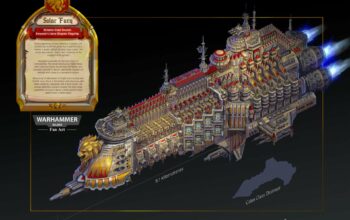In contemporary discourse, sustainability predominantly conjures images of renewable energy sources such as solar panels and wind turbines. However, there exists a vast array of sustainable practices and materials beyond the realm of energy production. This exploration juxtaposes the commonly acknowledged with the often-overlooked facets of sustainability, examining key areas such as agriculture, materials science, waste management, architecture, and community engagement.
Sustainable Agriculture
The foundation of a sustainable future arguably lies in our agricultural practices. Traditional farming methods have frequently imposed detrimental effects on the environment, leading to soil degradation and biodiversity loss. In contrast, sustainable agriculture emphasizes practices that preserve ecosystems while meeting the food needs of a growing global population. Techniques such as permaculture, agroforestry, and organic farming embody this ethos. They promote polycultures that nurture pest resistance, enrich soil fertility naturally, and reduce the dependency on chemical fertilizers.
Moreover, regenerative agriculture takes it a step further, aiming not just to sustain, but to enhance the ecosystem. This approach strives for carbon sequestration in soil, combatting climate change through improved land stewardship. The allure of sustainable agriculture lies in its ability to provide multifaceted benefits—economic viability, environmental health, and social equity—forming a triad essential for long-term viability.
Sustainable Materials
The materials utilized in various industries can have profound implications for sustainability. The production and disposal of conventional materials, such as plastics and non-renewable composites, are fraught with ecological concerns. In contrast, sustainable materials like bamboo, hemp, and recycled metals exhibit a significantly lower environmental footprint. Bamboo, for instance, is remarkably fast-growing and has the potential to sequester large amounts of carbon while requiring minimal water and pesticides.
Furthermore, bio-based and biodegradable alternatives to plastics, such as polylactic acid (PLA), are gaining traction. These materials undergird a circular economy, wherein waste is minimized, and resources are reused. The exploration of mycelium-based materials—fungal networks that can be cultivated into packaging or insulation—represents a frontier in sustainable material innovation, embodying not only ecological rationale but also aesthetic appeal.
Waste Management and Circular Economy
Waste management often appears as an afterthought in discussions of sustainability, yet it is a pivotal component of responsible stewardship. The transition from a linear economy, characterized by the “take-make-dispose” model, to a circular economy involves rethinking production and consumption paradigms. This shift enhances resource efficiency and minimizes landfill contributions. Recycling and composting are just the beginning; closed-loop systems in manufacturing, where waste becomes input for new products, exemplify holistic sustainability.
The art of upcycling—transforming waste materials into new products of superior quality or environmental benefits—further illustrates creativity in sustainability. For instance, reclaimed wood can be reimagined as furniture or structural elements, marrying functionality with environmental responsibility. By adopting these practices, individuals and organizations alike can contribute to a paradigm that embraces resourcefulness and diminishes waste.
Sustainable Architecture
In the built environment, sustainable architecture signifies a conscientious approach to design and construction. This encompasses the utilization of energy-efficient systems, sustainable materials, and green building certifications such as LEED (Leadership in Energy and Environmental Design). Architectural strategies that leverage natural ventilation, daylighting, and thermal mass can significantly reduce a building’s energy demands.
Moreover, passive design principles allow for the intricate interplay between a structure and its surroundings. Buildings sited to maximize sunlight and minimize wind exposure not only enhance energy efficiency but also bolster occupant well-being. Urban planning that prioritizes walkability and green spaces fosters community health, illustrating the inseparability of ecological sustainability and social infrastructure.
Community Engagement and Sustainable Practices
Beyond tangible resources and systems, the human dimension of sustainability is pivotal in fostering enduring change. Community engagement is essential for cultivating an environment where sustainable practices can thrive. Grassroots movements advocating for local food systems, community gardens, and sustainable public transport are manifestations of collective empowerment.
Educational initiatives that involve workshops, sustainability programs, and collaboration with local organizations facilitate community awareness and active participation. By embedding sustainability into community values, societies cultivate a sense of stewardship that transcends individual actions and fosters coherent collective responses.
Conclusion
The intricacies of sustainability extend far beyond energy, intertwining with the very fabric of our daily lives. From agricultural practices that restore ecosystems to innovative materials that promise lesser environmental impact, each aspect contributes to a holistic understanding of sustainability. Embracing the multifarious dimensions of sustainable practices enables individuals and societies to navigate the complexities of modern challenges while striving towards a balanced coexistence with nature. Hence, the path to a sustainable future is not merely a singular journey of energy transition, but rather an expansive exploration embracing various approaches—each integral to the broader narrative of sustainability.










